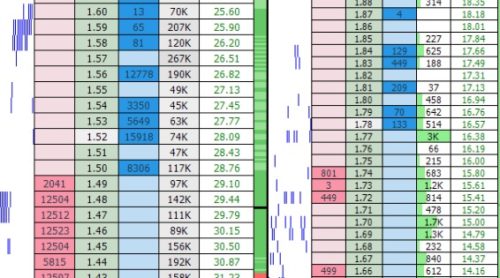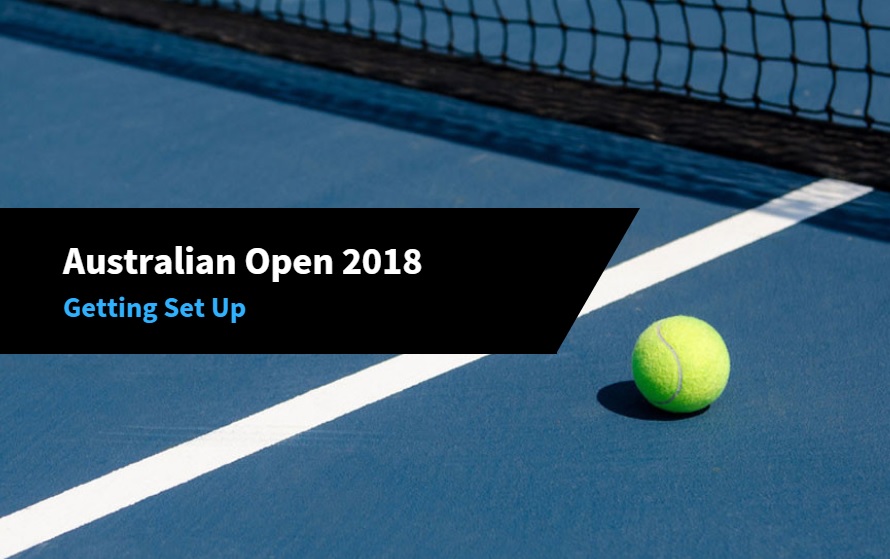With only a few Grand Slams each year it makes sense to prepare ahead. So are you set for the Australian Open?
Here’s a brief post about getting set up, what to expect, and forming a brief trading plan for this year’s Australian Open.
Trading Screens:
Starting from the top, information is paramount. We want to have as much on offer as possible at all times.
At the big tennis meetings, if you’re trading from home, there are many different matches on at the same time. So it just makes sense to get your trading software set up in a customisable situation, so you can act on opportunities as they arise. This is just one reason I prefer the Geeks Toy for trading.
Within tennis, this is one of the biggest problems. For me, and the way that I apply myself to the tennis markets, there is not always a trading opportunity. However, when an opportunity arises, it’s quite possible to use increased stakes. Unlike horse racing, you’re trading far less, however, when you are, you’re usually trading larger bets.
Because of this, I like to have a software setup so I can monitor many different matches at the same time. You just can’t pick and choose when these opportunities are going to arise.
Having plenty to choose from means you can take action quickly if you see a break of serve elsewhere. Typically I’ll have one main trading screen, and then a whole host of other matches listed on the other. Usually in grid format to optimise space.
See the image below for a brief overview of how I have my main screen set up:

Pretty self explanatory; from left to right. Market status, live scores (with a little extra information). Trading ladders for the main match I’m trading. This may change depending on what’s happening elsewhere. Followed by a televised feed.
When it comes to tennis and video feeds, 365 seems to be the most preferable. Just make sure you have some money deposited or they won’t let you view, hence the fiver in mine…
Bigger Betting
One of the main attractions of Grand Slam betting is the increased volumes within each tennis market. It makes it safer to place very large stakes on those small movements which are often a lot easier to predict. Downside of course would be competition within the market. I’m sure court side bettors absolutely love it. For those who are first, anyway.
Betting larger stakes in reduced liquidity isn’t a good idea. It’s highly likely you’ll chase your edge away on exit, particularly if you’re caught out. Increased volumes allows a little more margin for error.
What would you prefer? Betting big on the left or right:

Staking should always fit the situation to avoid over-exposure.
It’s ideal to go into any situation with your eyes wide open. In we’ve reached a stage where tennis markets have become quite efficient within tennis. But, certain aspects will never change, particularly human behaviour. It’s where those who have watched much tennis, and probably played it themselves, come into their own in terms of trading anyway. Why? Because they understand fully how the game functions. Where the psychological pressures are for the players, and maybe they even know the players tendencies. However, you should note there’s a very big difference between knowing tendencies of a specific player, and being a victim of media hype.
Of course there’s human behaviour within the markets too, that’s always something to think about…
Related: The Tennis Trading Guide

